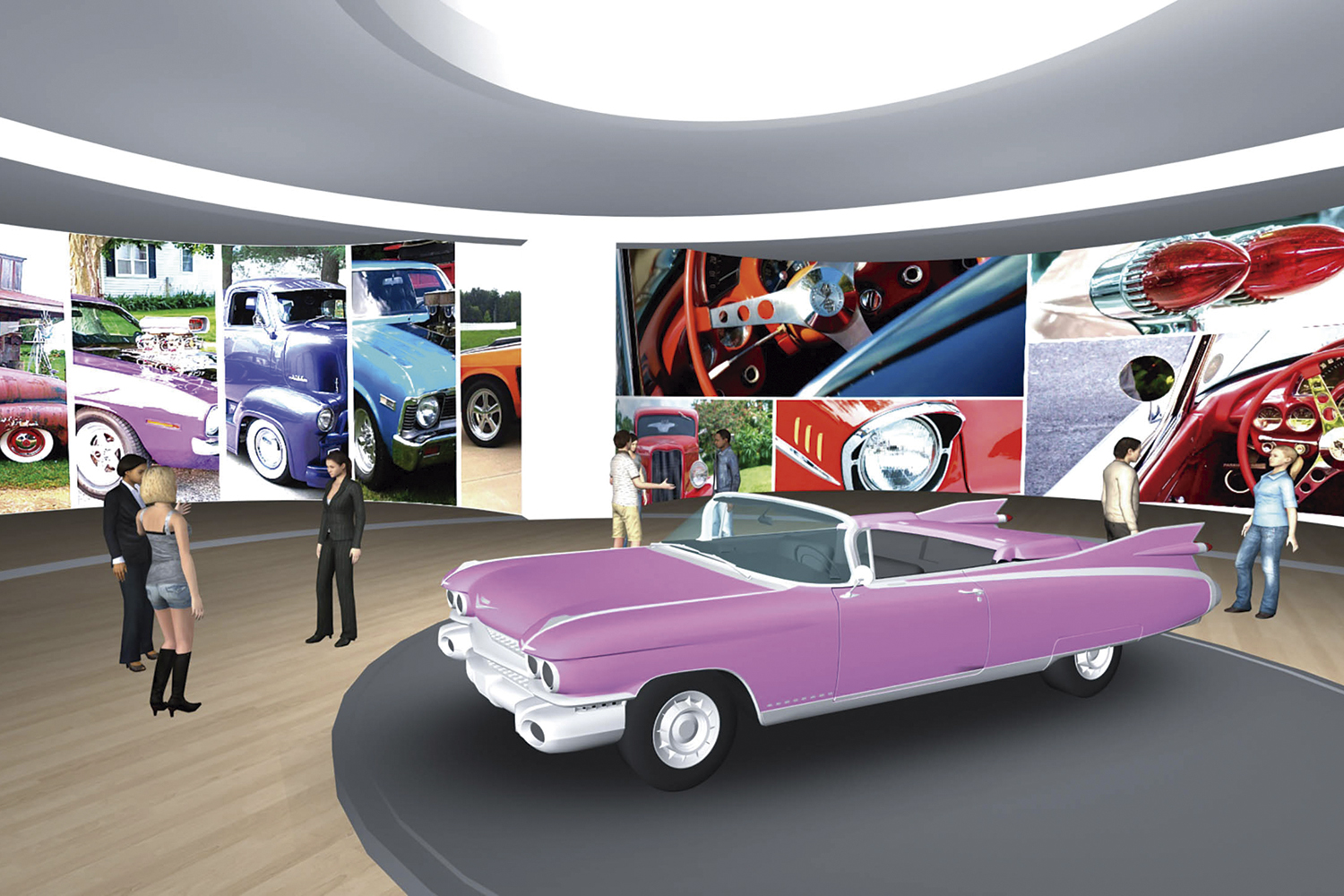
Since the start of the pandemic, the world of meetings and events has seen a significant transformation. Virtual events, often thought of as an afterthought and as “add-ons” to live events, are now rather frequent.
Additionally, as open-source hologram technology continues to advance, such as through the HoloGen initiative, it might be simpler for a larger variety of participants to create virtual 3D effects at home.
From the convenience of your office or home, a 3D virtual event enables you to transform your corporate event into a treasure trove of distinctive, instructive, enjoyable, and entertaining experiences.
Major industry players such as Microsoft, Oracle, and Adobe have made significant investments in this technology.
3D Virtual Events Best Suit the Following Sections:
The 3D virtual event option is ideal for the majority of corporate events, including
What contribution do 3D platforms make to virtual and hybrid events?
Technology Influence on the Virtual 3D events:
When isolation was required, the world learned how to stay connected. People came together in extraordinary and unprecedented ways. All of this was made possible by the wonderful opportunities provided by technology.
Modern virtual reality headset displays are based on smartphone technology, such as gyroscopes and motion sensors for tracking head, body, and hand positions, small HD screens for stereoscopic displays, and small, lightweight, and fast computer processors.
Virtual reality typically incorporates auditory, and video feedback, but haptic technology may also allow for other types of sensory and force feedback.
Work-life balance, reduced commuting, and reduced travel expenses, once the pandemic has passed, are all positive aspects that VR technology can bring about, according to PwC UK’s chief executive, Kevin Ellis. And we’re still in the early stages!
Virtual Reality Technologies that are available:
Can Virtual Events Break Down Barriers?
Of course, a discussion about virtual events, or VR in general, would be incomplete without addressing the barriers. The most significant is financial – the technology is, indeed, costly. If every attendee requires a headset to participate in the experience, the cost can quickly add up.
While the costs of purchasing a VR headset for each attendee or employee can be substantial, things begin to look better when we consider the money we save by planning events with this technology. Virtual experiences have already demonstrated that travel, lodging, and food costs are no longer an issue.
When it comes to the bottom line, the costs associated with live events can now be replaced by those of VR technology – not to mention the reduced environmental impact we as an industry would have.
Virtual events, 3D technology, and trends are now having a huge positive impact on every business around the world. People are having a good time, and so are industry leaders, who are looking into and incorporating mobile event planning apps into their businesses to increase brand engagement and value.
Webstream Communications is one such company that provides its clients with several options for making their hybrid events successful. They offer services such as live webcasting, video conferencing, 3D platforms, and many others.